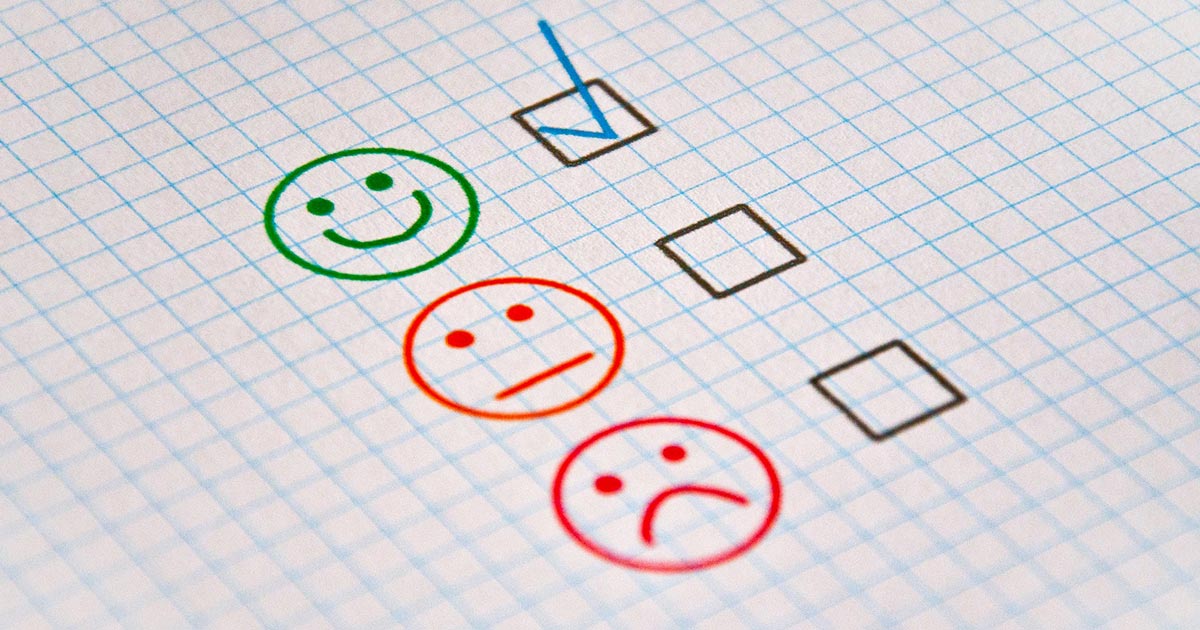If you follow me on Instagram you will be aware that I have been at home nursing Joey with a badly fractured leg.
Eight weeks in (at the time of writing) and he’s healing well, but it has been far from plain sailing. I have had to revisit some of my clinical nursing skills to cope – and utilising one of these skills made me realise I could maybe use it on myself.
No, I’m not considering becoming a model for bandage art or wearing the cone of shame, but using a nursing care plan to assess myself.
Self assessment
In the back of my mind while caring for Joey at home were the activities of living (ALs) from Roper, Logan and Tierney. I used these loosely in the first few days of caring for a 30kg dog with a gammy leg and little idea he was seriously injured.
These ALs helped me to assess my living area and garden so I could put safety measures in place to prevent further injury. However, I soon began to recognise the toll caring for Joey was having on myself, so I looked through the nursing model for care and assessed myself, too.
It turned out Joey was definitely getting the better end of the bargain here, despite his fracture.
12 activities

- maintaining a safe environment
- communication
- breathing
- eating and drinking
- elimination
- washing and dressing
- controlling temperature
- mobilisation
- working and playing
- sleeping
The AL list also includes death and sexuality, although these two entries are often disregarded depending on the circumstances of the individual patient.
Positives and negatives
For my own welfare and because, well… TMI… I will not go into each of these individually but rather consider the emotional aspect of these physical activities.
While I was considering practicalities for Joey, I thought I would begin to consider our emotional activities:
- Number one here is maintaining a safe environment. Considering that for a patient in hospital is one thing, but is your home safe for you?
- Does the stress of the day, relationships or others activities and social media cross the boundary into what should be a safe and relaxing space?
- Are you eating, drinking and sleeping at optimum levels? Could these be improved and give you better mental health?
- Are you communicating and working and playing in a ratio that keeps you mentally happy?
I don’t have any answers for these, but you will know yourself what the positives are in your life and what the negatives are – and only you can answer the question of how you balance these.

Sex and death
But one final consideration of Roper‑Logan‑Tierney is that death and sexuality are often disregarded. However, to be healthy in mind and body should we not be communicating about these as well?
I don’t mean start chatting randomly to someone on the train home about it, but if you have thoughts that repeat themselves and you’re not able to articulate them, should you find someone you can talk with?
I’ll leave you with some places that may help you get your activities of living brought to life.
Remember: You’re not alone!
Jane xxx

Leave a Reply